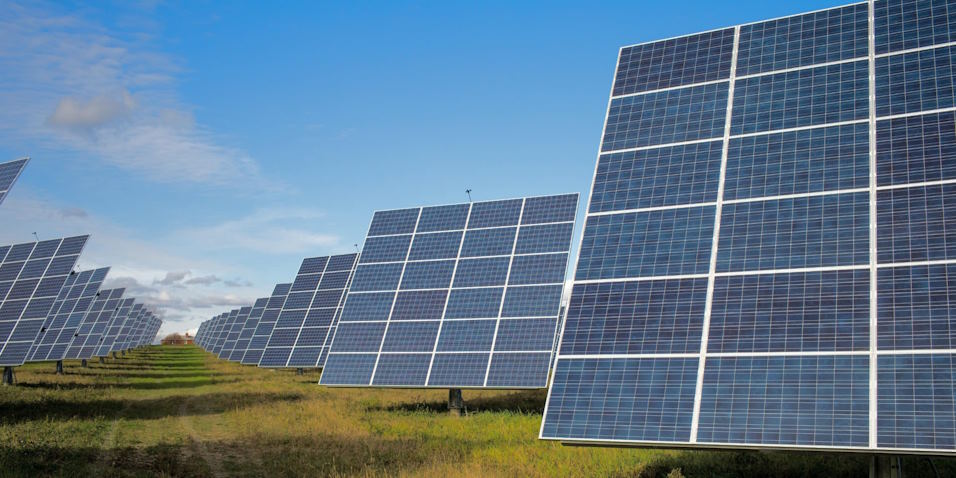Solar power has emerged as a transformative force in the realm of renewable energy, offering a clean and sustainable solution to our growing energy needs. Over the years, innovation has played a pivotal role in advancing solar technology, driving efficiency improvements, and expanding the possibilities of solar power generation.
What are traditional solar power technologies?
Here are some of the key traditional solar power technologies:
Photovoltaic (PV) Systems
Photovoltaic systems, commonly known as solar panels, convert sunlight directly into electricity using solar cells. These cells are typically made of semiconductor materials, such as silicon, which generate an electric current when exposed to sunlight.
Solar Thermal Systems
Solar thermal systems capture the sun’s heat to heat or generate hot water. This technology relies on solar collectors, which absorb solar radiation and transfer the heat to a fluid.
Solar Water Heating
Solar water heating systems use solar thermal collectors to heat water for domestic, commercial, or industrial use. These systems typically consist of solar collectors, a storage tank, and a circulation system.
Solar passive Design
It is an architectural approach that maximizes the utilization of solar energy for heating, cooling, and lighting in buildings. It involves strategically placing windows, shading devices, and insulation to optimize natural lighting and thermal comfort while minimizing the need for mechanical heating and cooling systems.

Are there any efficiency improvements in solar photovoltaics?
Solar photovoltaic (PV) technology has witnessed significant efficiency improvements. Multijunction solar cells, perovskite solar cells, and tandem solar cells have emerged as promising advancements, enabling higher conversion efficiencies.
Additionally, technologies like passivated emitter rear cells (PERC) and anti-reflective coatings have enhanced light absorption and reduced energy loss, further improving solar PV system efficiency. These ongoing innovations contribute to the increased competitiveness and widespread adoption of solar power as a clean and sustainable energy source.
What are next-generation solar panels?
Next-generation solar panels are part of an ongoing effort to enhance solar power systems’ efficiency, aesthetics, and adaptability. These innovations aim to make solar energy more accessible, integrated, and appealing across various sectors, including residential, commercial, and infrastructure.
So, next-generation solar panels encompass innovative designs and technologies that enhance the efficiency and functionality of traditional solar panels. Examples include bifacial panels that capture sunlight from both sides, solar skin panels that blend with building aesthetics, floating panels installed on water bodies, and flexible panels that conform to curved surfaces. A good example is transparent solar panels, also known as solar windows or glazing. They are designed to replace conventional windows or glass facades while still allowing light to pass through.
These advancements aim to make solar energy more accessible, versatile, and seamlessly integrated into different environments and applications.
